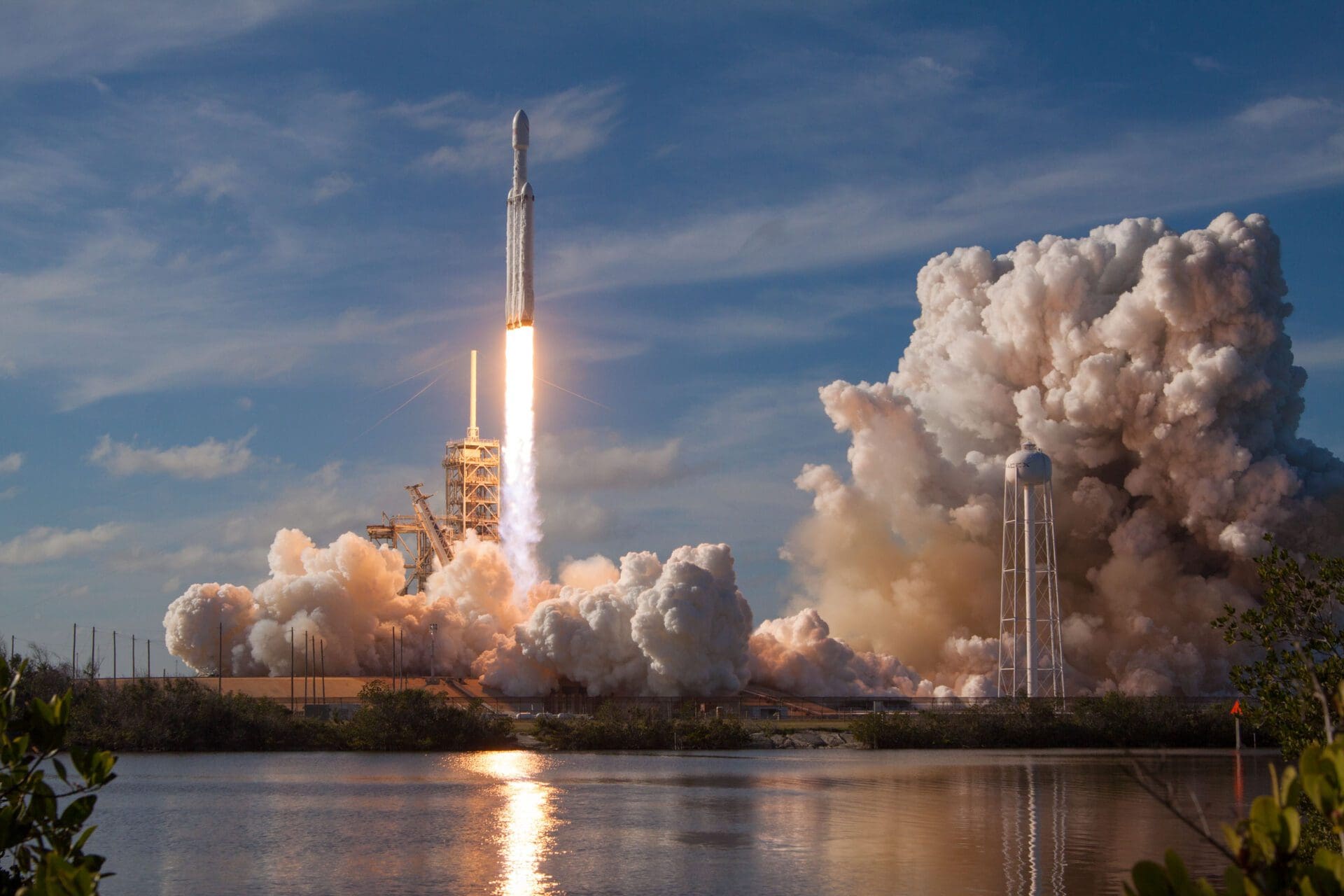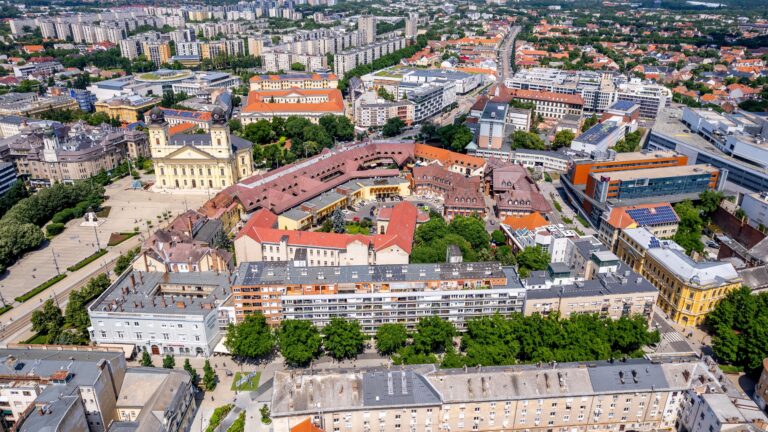American business magnate and investor Elon Musk’s rocket will take the latest Hungarian small satellite into outer space, the Communications Directorate of the National Media and Infocommunications Authority (NMHH) told MTI on Wednesday. As stated, the intended aim of the NMHH is to support the ‘fledgling’ domestic space industry, as well as the education of space science.
With the support of the National Media and Infocommunications Authority (NMHH), MRC-100, the latest Hungarian small satellite, is completed and has recently started its journey to its next station. With a size of 5×5×15 centimetres, the newest spacecraft is the largest piece of the SMOG series and the result of the three-year joint work of the teachers, researchers and students of the Budapest University of Technology and Economics (BME) Department of Broadband Infocommunications and Electromagnetic Theory, the NMHH statement said.
The new spacecraft is the largest satellite of the SMOG series. The name MRC-100 was given in honour of the University Radio Club (Műegyetemi Rádió Club), which will be 100 years old in 2024. The club played a key role in the development of all Hungarian small satellites.
Quoting András Gschwindt, honorary associate professor at the Department of Broadband Infocommunications and Electromagnetic Theory of the BME Faculty of Electrical Engineering and Informatics (VIK), the statement said that as much as possible was built into the volume unit of the small satellite, thus reaching almost 600 grams.
‘Since the weight limit was 750 grams, we had to fully utilize the space. In addition to the sub-units ensuring the correct operation and the equipment responsible for testing the electrosmog, a position stabilization system, as well as a GPS and a camera have also been placed on board,’ the professor added.
In addition to independent experiments carried out at three other universities—the University of Szeged, the Széchenyi István University in Győr and the University of Debrecen—, the measuring instruments of H-Ion and 27G Ltds will also be sent into space on board of the small satellite.
Levente Dudás, assistant professor at the BME Department of Broadband Infocommunications and Electromagnetic Theory, said that they would like the small satellite to operate on the dark side of the Earth as well, so in addition to the solar panels on all four sides, several on-board batteries have been mounted on it, too.
On the other side of the small satellite, a rather serious electronic device has been placed, which is capable of data collection and motion analysis, among other things. The MRC-100 satellite has recently started its journey to Glasgow, where it will be installed on the satellite bus. The satellite will be taken into outer space by Elon Musk’s Falcon-9 rocket from the United States, explained Mr Dudás.
The launching costs were covered by the American ARDC (Amateur Radio Digital Communications) foundation—in accordance with the foundation’s goals, the condition of the grant was that the MRC-100 investigates electrosmog around the Earth in a wide frequency range. The most significant domestic supporters of the project were the National Media and Infocommunications Authority and the Ministry of Foreign Affairs and Trade.
According to the NMHH statement, the expected date of launching the satellite will be May 2023.
Click here to read the original article








